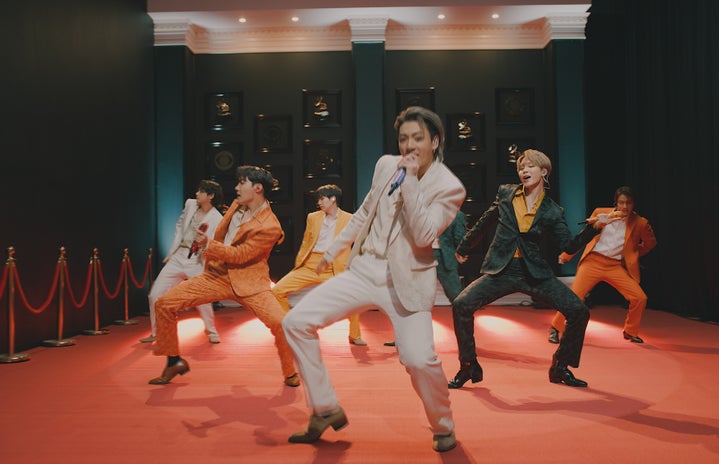When it comes to teen obsessions, K-pop has an unparalleled following. Young people around the world rejoice in the brightly coloured hair and the carefully choreographed dance moves of the highly-trained stars gracing their Instagram explore pages. I was no exception – my heart was won over the second I heard EXO’s “Call Me Baby” for the first time at the ripe age of 14, an experience shared by many teenagers, especially teen girls. As a mixed-race Korean-Canadian, K-pop became a means of connecting to my heritage, as it is for countless other East Asian foreign nationals. When so much of the contemporary media landscape is saturated with Western content, it’s refreshing to see a change of pace with Hallyu taking prominence over Hollywood in the hearts of so many.
However, admirers of Asian, non-dominant culture continue to be marginalized, including in their school hallways. Despite wearing my status as a K-pop stan on my sleeve, my cultural pride didn’t protect me from the snide comments of my classmates. Due to K-pop’s status as a foreign-based subculture in America, those who state their interest in it may be told that their interest is “cringy”, their enthusiasm dismissed since their passion is “weird”. Those who don’t speak the language come under fire for enjoying something in a language they “can’t even understand”. In some cases, those who enjoy male K-pop artists may find their favourite groups being critiqued for being overly feminine for wearing makeup, and those who like girl groups could be told that their idols look “like ghosts” due to their pale skin tones or thin figures.
Having heard all of these comments when I was in high school, I know how much it can hurt. I felt ashamed of something I loved, and as someone of Korean descent, I came to feel embarrassed of who I was. I never said anything back, internalizing their comments as truth. These feelings, however, are part of a long history of AAPI discrimination in Canada. They are echoes of the comments my mother got about her unusual lunch when she brought Korean food to school, of the stares my grandmother got on the street when she immigrated to Canada, of the pinched noses my great-grandmother witnessed when she made Kimchi in the house. While the ignorance of my peers came in different forms, the root is the same. For my love of something non-Western, for my desire to learn my mother’s language, and for my differing conceptualizations of beauty, I was mocked by those closest to me. This story is not unfamiliar to AAPI today, nor to those of yesterday’s high schools.
Asians make up 48.1% of the Canadian immigrant landscape (as of 2016). As the country continues to celebrate multiculturalism, AAPI discrimination continues to plague the nation. Those of Asian descent have reported higher rates of harassment throughout the COVID-19 pandemic, with 64.4% of Korean survey respondents reporting discrimination. Of the over 1000 cases of anti-Asian racism reported in Canada, 60% of the victims were women.
As racially-motivated hate continues to soar, it’s time to call out those comments for what they are: racism.
Information obtained from:
statcan.gc.ca/en/dai/smr08/2021/smr08_250
https://www150.statcan.gc.ca/n1/daily-quotidien/200917/dq200917a-eng.htm


